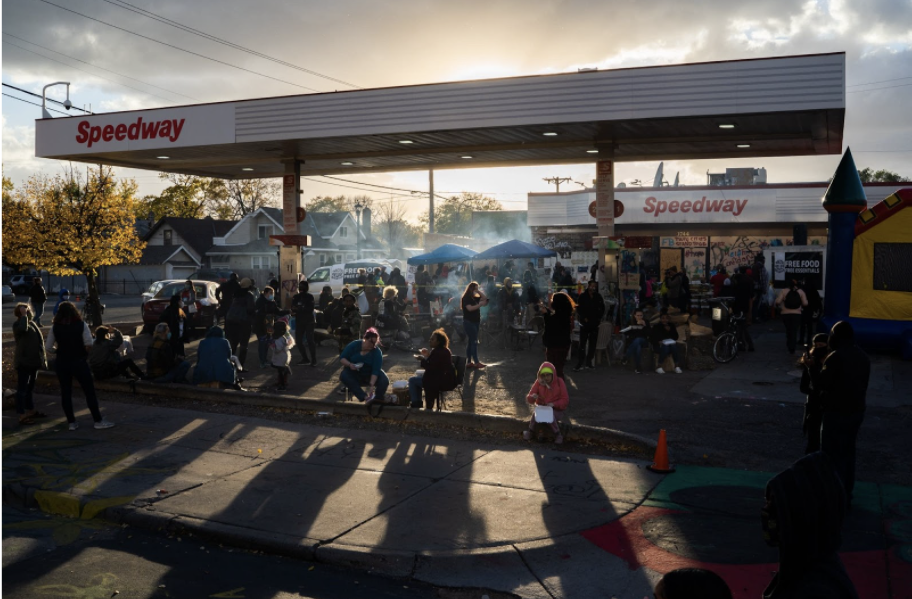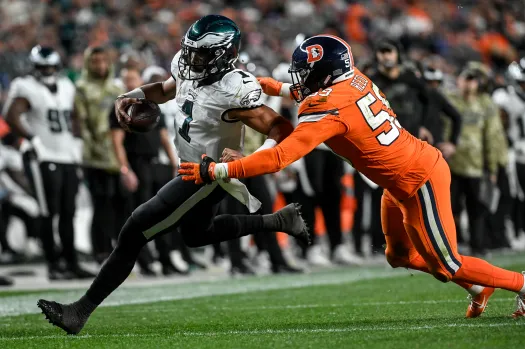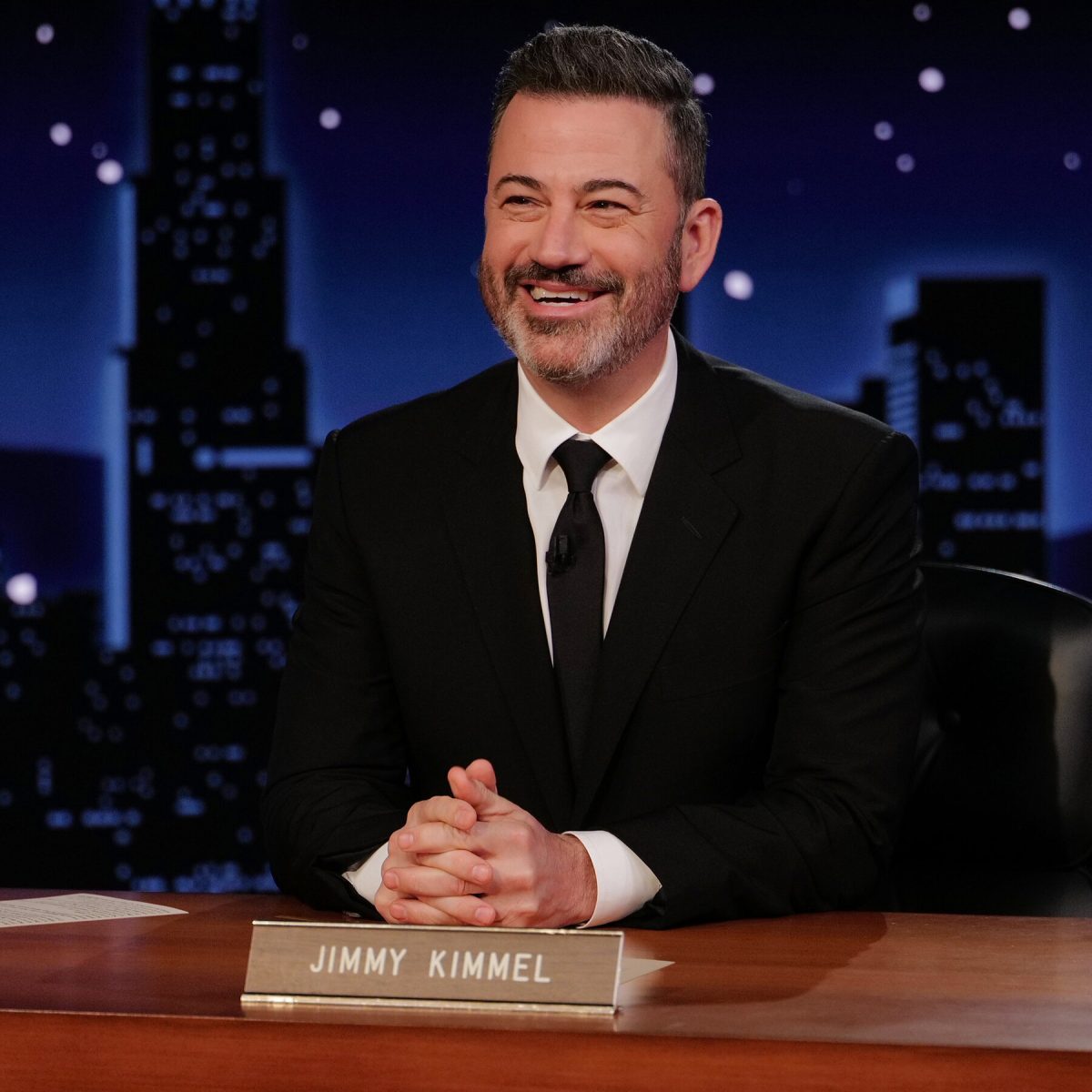After the summer of 2020, America confronted one of its most pressing issues, its police system. Currently, the American police system exclusively serves one part of the population, white people. The racial disparities within crime also point towards the idea that the system is far from perfect. 2020 gave Americans the chance to see the effects of the police system first-hand. Throughout the country, people were calling for a change. This “summer of social reckoning” sparked one question in the minds of many. How do we improve our current system of policing for the better? Although, there is no easy answer to this question.
Generally, solutions to the policing problem fall on a spectrum of reform or abolition. A large part of reforming consists of repeated training sessions. Yet, a study conducted by Harvard University found that training only reduced implicit biases for a short time (ProCon). This study proves that training courses are ineffective for long-term change within police departments. Reform sounds ideal in theory, yet, it often proves to be ineffective in practice. America has reached a point in time where it is too late to fix our broken systems. Therefore, the only practical solution to the police problem is abolition.
When people refer to abolishing the police, several things may come to mind. The main thought behind abolition is completely eradicating police within American society (Coleman). However, Derecka Purnell begs to differ. She believes that abolition of the police includes “eliminating the reasons people think they need cops and prisons in the first place” (Purnell). Abolishing the police is not just about actions but also transforming mindsets. Some feel that abolition is the only solution because a system that was made for a specific purpose cannot be fixed. Purnell explains that policing was created to protect and serve white communities, which is still true today. This is precisely why reform does not work. Reform cannot erase the years of unfair practices in police nor America’s racist past.
The only question now is what a police-free society looks like. Those who fear abolition believe that a lack of police will lead to a spike in violence (ProCon). Others speculate that chaos will ensue without any police. Most abolitionists imagine a world without police as one where communities are self-sufficient. For example, the money that previously funded police would be reinvested into communities. These funds could be used towards programming that helps tackle why crime occurs in the first place (Coleman). Of course, the uncertainty of this viewpoint is scary. However, if it means protecting all Americans, the risk is worth the reward. Those doubting the ability of a community to protect and serve themselves should look at the work happening in Minneapolis, Minnesota.
Even after nearly two years, the intersection of East 38th Street and Chicago Avenue in Minneapolis is still occupied by diligent residents and activists. This cross-hair of traffic, known as the George Floyd Square (GFS), is home to a hub of activity (Kelkar). The GFS was founded as a decentralized autonomy zone after the murder of George Floyd. When this intersection was barricaded, a list of demands came with it. Those within the square have made it clear that they will not reopen the area until the city of Minneapolis has met their demands (“38th and Chicago”).
Residents of the intersection of 38th and Chicago have transformed the area into a safe space. Yet, there is no police or management other than the volunteer security guards who patrol the four entrances (Harris). The most noticeable change to the intersection is the abandoned Speedway gas station, now the People’s Way. Some may consider The People’s Way as a metaphorical city hall, where community meetings, events, and fundraising occur. In addition to this, residents have renovated other buildings into community-friendly spaces. For example, an old bus stop became The People’s Closet, a small clothing center. Here, community members are free to give or take clothing as they need. Besides small booths like these, several community-centered organizations run out of George Floyd Square. For example, 612 MASH (Minneapolis All Shall Heal) is a non-profit that provides medical services for the GFS (“38th and Chicago”). Another prominent program is the Agape Movement, with a mission statement to “transform street energy into community energy”. The main goal of the Agape Movement is crime reduction by involving young community members in productive work (Jahn-Vavrus, et al.). Most of their work consists of training young men on security, mental health, and de-escalation. These young men then participate in patrols and respond to those in distress. The various programs and services within the GFS prove that community work is impactful (Jahn-Vavrus, et al.).
While the mission of George Floyd Square may not be the abolition of police, it provides valuable insight into what a police-free society might look like. For the last two years, the GFS has remained civil and safe, despite the lack of police. This is possible because of the numerous organizations focused on community development and safety. Of course, implementing something like this on a larger scale is incredibly complex. However, George Floyd Square has shown that creating a police-free society is not unachievable.








